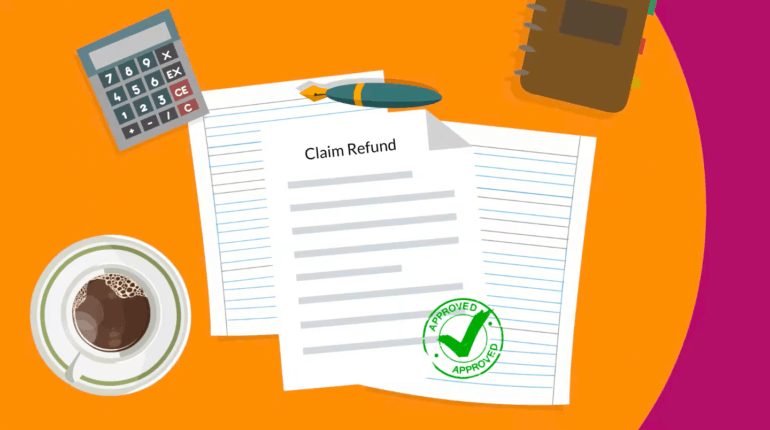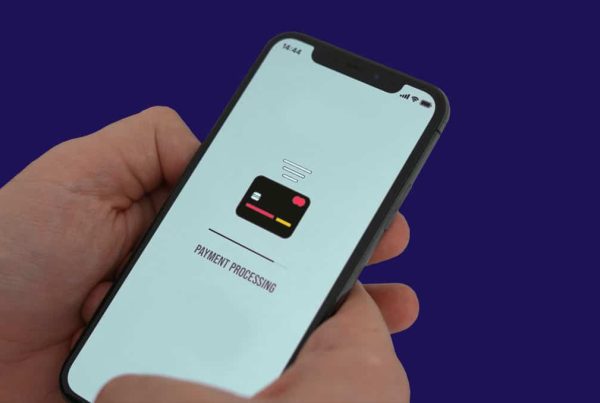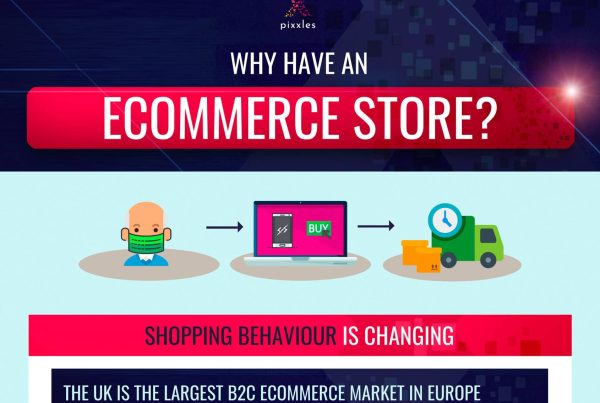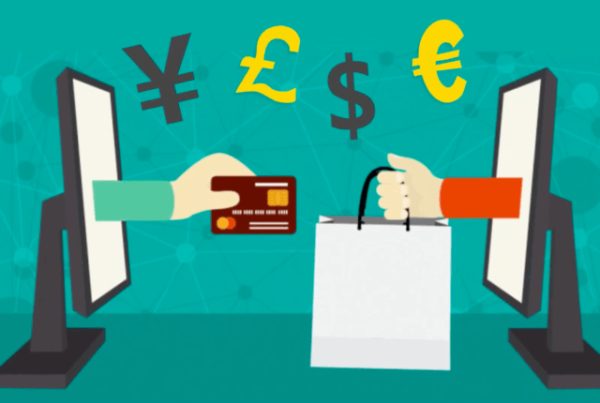Chargebacks are an ongoing challenge for every business that accepts card payments. Online merchants are no exception and, with the continuing growth of ecommerce, need to be extra diligent in avoiding any unnecessary refunds or fees. For every chargeback you fail to dispute, not only will you be forced to return the funds to the customer, you will also be hit with an additional fee, typically ranging from £5 to £15. If your volume of chargebacks is not kept under control, they will quickly become a much bigger problem for both your time and profitability.
The first step to protecting your business from chargebacks is to understand what they are, how they are handled and what you can do to challenge them. In this article we will cover the definition of a chargeback, chargeback reason codes and breakdown the full chargeback process.
WHAT ARE CHARGEBACKS?
A chargeback is a transaction that has been disputed by a customer in an effort to reclaim funds back to the card from which the payment was made. The chargeback process exists to help protect customers against unauthorised transactions or goods or services that are either defective or have not been received.
Unfortunately, the chargeback process is often exploited by customers with fraudulent intentions, such as using details of a stolen card or other techniques to avoid providing a valid form of payment. First party fraud is also common, in which cardholders placing orders, receive the goods and services and then reporting the transaction as unauthorised. Purchases being made with a stolen credit card are responsible for nearly 30% of all chargebacks initiated.
WHAT IS A CHARGEBACK REASON CODE?
Chargeback reason codes are 2-4 digit codes created by the major card networks and are used by a cardholder’s issuing bank to identify and provide the reason for a disputed transaction.
While each card network and payment provider will have their own codes and categorisations, chargeback reason codes typically fall into four main types:
- Authorisation
- Cardholder disputes
- Fraud
- Processing Errors
HOW DOES THE CHARGEBACK PROCESS WORK?
1. THE CUSTOMER CONTACTS THEIR CARD ISSUER
- The customer will request a refund of their payment and provide any information to support their dispute
- The card issuer will then investigate the customer’s claim and provide them further information about the transaction
- If the customer continues to dispute the transaction, the card issuer will proceed to the next stage of the chargeback process
2. THE CARD ISSUER SUBMITS A CHARGEBACK CLAIM
- The card issuer will file a chargeback claim so funds can be withdrawn from your business bank account and sent back to the cardholder on a conditional basis
- The disputed transaction will then be filed as a chargeback by the card issuer and sent to the acquirer, along with any supporting documentation and a chargeback reason code
3. ACQUIRER/MERCHANT REVIEW
- Your acquirer will review the information provided by the card issuer before sending it on to you
- You will then have the chance to review the chargeback case
- If you accept the chargeback is legitimate, the funds will remain with the customer and you will be presented with a chargeback fee
- If you choose to challenge the claim, it will raise what is known as a representment
How to challenge a chargeback
If you decide to challenge a chargeback, you will be required to provide evidence to your acquirer, which can include:
- Proof of delivery
- Invoices
- Customer correspondence
4. THE CARD ISSUER REVIEWS YOUR DOCUMENTATION
- The card issuer will review the documents you have provided
- If your defence is convincing enough, the issuer will issue a verdict in your favour which will confirm the customer’s dispute as invalid and the case will be closed
WHAT HAPPENS IF YOUR DISPUTE CHALLENGE IS UNSUCCESSFUL?
If the card issuer rules against you, the chargeback process continues and becomes a second chargeback where the card issuer decides to uphold the original claim decision and does not return the funds to you.
A second chargeback can occur for several reasons:
- New information has been provided by the customer
- There has been a change to the original chargeback reason
- The documentation you sent was either incomplete, invalid or was not seen as compelling by the card issuer
If this happens, the issuer will notify your acquiring bank of the second chargeback and you will once again be given the opportunity to accept or contest it. If you decide to contest, you will then be required to provide further supporting information and reasoning for further disputing the claim.
If you or your acquiring bank disagree with the issuer’s decision, either party can pursue arbitration by the card association in order to make a final decision. If the dispute has still not been resolved, arbitration is final step of the process and can involve large fees, time and effort.








